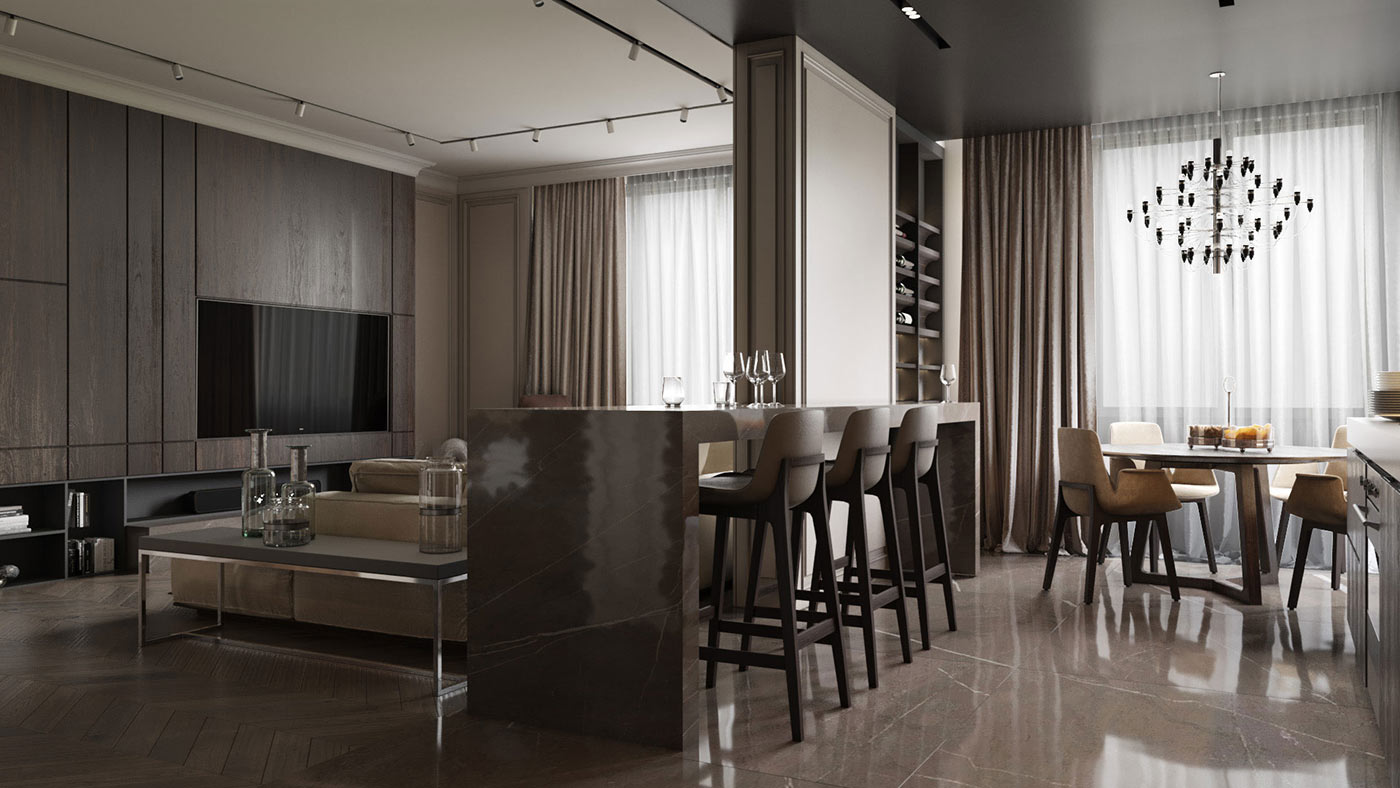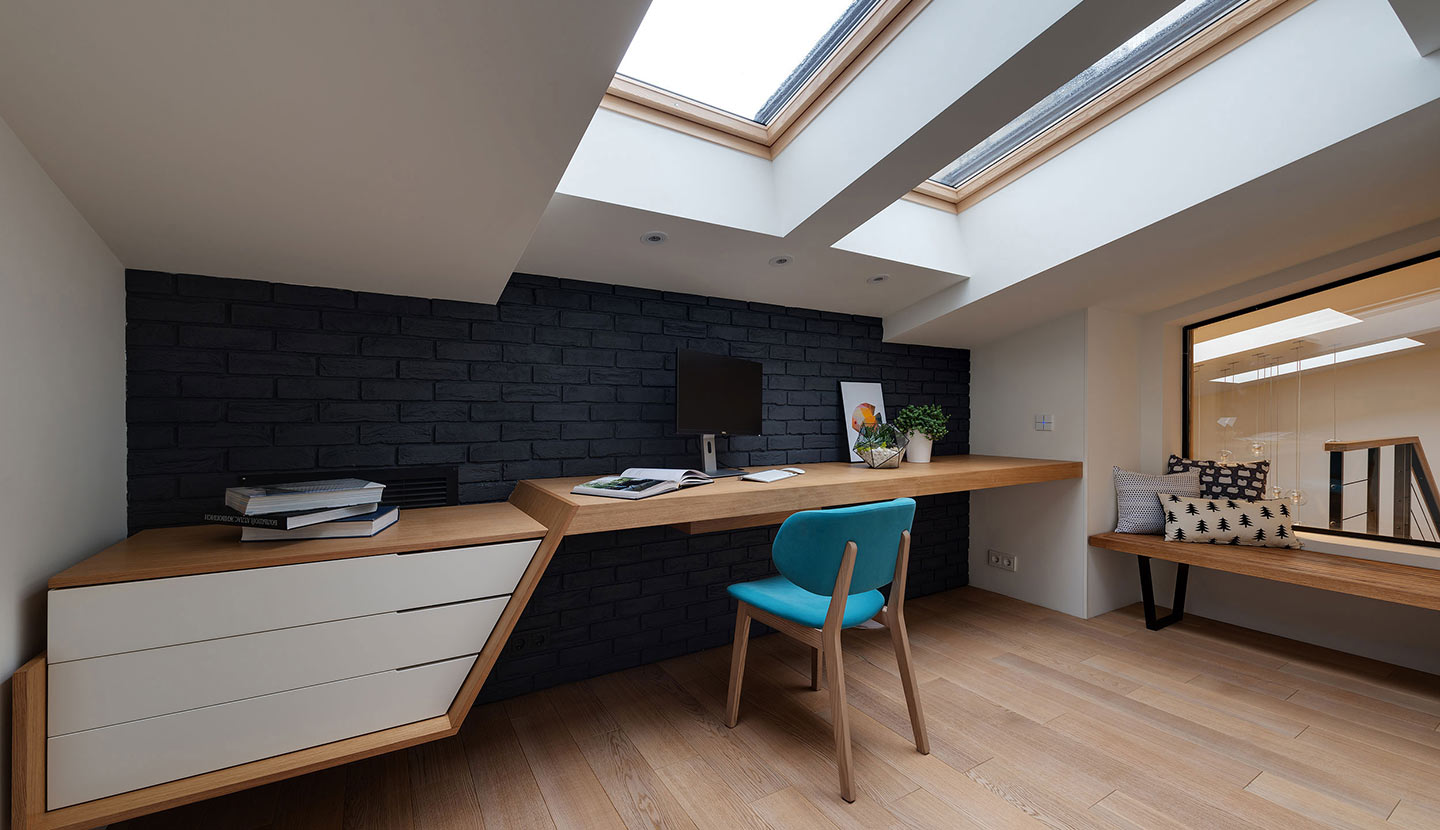Sustainable Home Design is Good Business
[et_pb_section fb_built=”1″ _builder_version=”4.14.1″ _module_preset=”default” custom_padding=”35px|||||” global_colors_info=”{}”][et_pb_row _builder_version=”4.10.6″ _module_preset=”default” custom_margin=”-30px|auto||auto||” custom_padding=”||4px|||” global_colors_info=”{}”][et_pb_column type=”4_4″ _builder_version=”4.10.6″ _module_preset=”default” global_colors_info=”{}”][et_pb_text admin_label=”Discover Beatuty Sub Title” _builder_version=”4.14.1″ text_font=”Poppins|600||on|||||” text_text_color=”#1a1a1a” text_font_size=”15px” text_line_height=”1.4em” custom_margin=”||4px|||” custom_padding=”|50px||||” animation_style=”slide” animation_direction=”top” animation_intensity_slide=”10%” inline_fonts=”Inter” global_colors_info=”{}”]
discover seven ways you can make your home healthier and more sustainable
[/et_pb_text][et_pb_divider color=”#c6b048″ divider_position=”center” divider_weight=”3px” disabled_on=”off|off|off” _builder_version=”4.10.6″ width=”15%” max_width=”115px” height=”false” custom_margin=”30px||1px|||” animation_style=”slide” animation_direction=”top” animation_delay=”100ms” animation_intensity_slide=”10%” locked=”off” global_colors_info=”{}”][/et_pb_divider][et_pb_text admin_label=”Look Inside Text” _builder_version=”4.10.6″ text_font=”Poppins|300|||||||” text_font_size=”15px” text_line_height=”1.9em” max_width=”793px” custom_margin=”7px|||||” custom_padding=”||2px|||” animation_style=”slide” animation_direction=”top” animation_delay=”400ms” animation_intensity_slide=”4%” locked=”off” global_colors_info=”{}”]
By Sarah Cunningham and Erin Sorensen
Ethos Design + Build | Remodel was born out of our shared values about the power that a healthy, well-designed space has on a person’s mental, physical, and spiritual well-being, as well as how homes contribute to the collective good of our communities and environment.
Sustainable living is at the core of what we do, and we take it very seriously.
That is why we ask our fellow entrepreneurs, construction colleagues, and neighbors in the Treasure Valley to take stock of how you live and the impact that has on the environment, as part of International Day of Climate Action on October 24.
Because the fact is, climate change affects all of us.
It’s been devastating to the building and remodeling industry, too. Climate change means storms — particularly tropical storms — increase in intensity, bring increased rainfall, and occur at higher altitudes, all of which impact shipping and manufacturing of nearly all major resources needed to build houses. Right now, there is a major paint shortage because of the recent “Texas Freeze.” Not being able to get paint is a serious problem in our industry.
Hurricanes have all but shut down the trucking industry and put a huge strain on getting fixtures out of Mexico. The fires too, impact the workforce a lot. How we build structures is changing because we are increasingly recognizing the impact of climate change on building. Erratic windstorms that have hit Boise recently have damaged buildings and toppled trees. People are beginning to realize that weather patterns have a dollar amount associated with how they damage their property. As an industry, construction businesses are becoming more cognizant about using firewise building materials, and avoiding heavy combustible vegetation next to buildings.
However, wildfires are not the only hazard we prepare for. Smoke can deeply affect people’s health, in addition to their homes, and this year’s smoke was particularly bad. Especially during a dangerous airborne pandemic, smoke compounds the health issues many people are already struggling with, as well as HVAC systems and envelope and filtration systems. Building and construction businesses must ensure the houses they’re working on have a good insulation envelope around the whole unit.
For our industry, taking climate change into consideration is more than just an obligation; it’s also good business. Climate change affects industries from trucking to gathering resources and everything on the supply chain. For example, the water table is drying up in our valley, so builders are finding it difficult to build and develop more in Caldwell because there’s not enough water. The Snake River can’t be tapped for water because it contains too much agricultural byproduct, making it an unhealthy river. Unhealthy rivers are a result of climate change, with industrial pollution one of the biggest factors in creating unusable water.
Improving insulation conserves energy, gas and electricity, and it lowers bills. There are environmental and financial benefits to building sustainably.
Here are seven tips to make your home more sustainable and safe:
- Improve your insulation.
- Reduce the energy consumption of your fixtures, like switching to LED light bulbs.
- Remove toxic materials that could make occupants sick, like formaldehyde in particle board.
- Opt instead for natural fibers like cotton, wool, wood, low VOC paint.
- Put plants in your home.
- Ensure your space is sealed up and you aren’t air conditioning the outside world.
- Use energy responsibility, which may mean a new fridge or water heater.
As a community, we can also take steps to encourage eco-friendly building. Although regulations of any kind in Idaho are unpopular, particularly those that come from California, we’re big fans of Title 24, which is a project to achieve near Zero Net Energy consumption by requiring builders to be as sustainable as possible, we’d see huge gains everywhere. We applaud Boise’s mayor and city council for working with community organizations to put Boise on a path to be carbon neutral. Going through the process and planning required to make your home green is worthwhile. Otherwise, our communities will run out of the energy we need to survive and keep our economy going. If Idaho decides to allow irresponsible construction, we may soon face that problem. The water crisis in Caldwell is a clear warning that this is urgent and needed.
Sarah Cunningham is the founder and CEO at Ethos Design+Remodel, and Erin Sorensen is the VP of Engineering.
[/et_pb_text][/et_pb_column][/et_pb_row][/et_pb_section]











